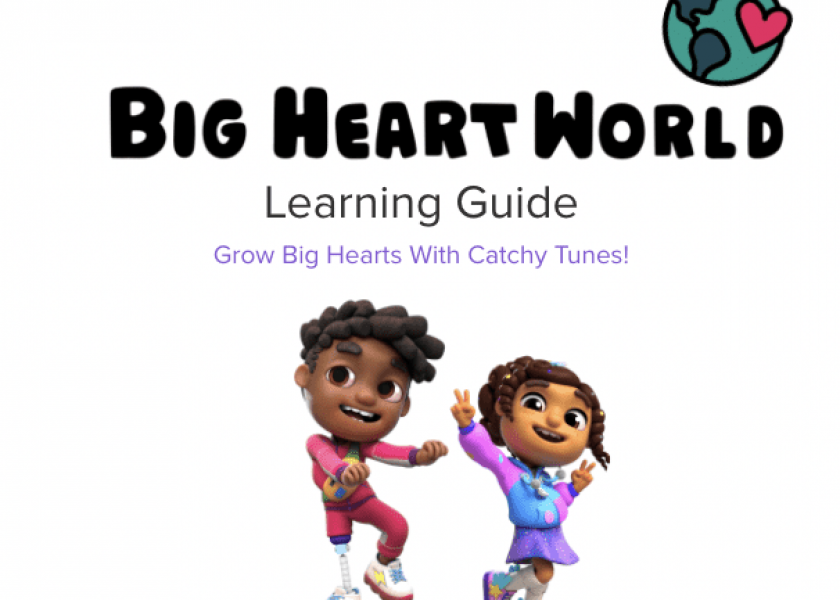We Know Something Teddy Doesn’t Know
When Mami asks Dora why she’s feeling sad and tries to help her feel better, she’s practicing empathy — the ability to recognize, understand, and feel the emotions that someone else is feeling.
Before children can learn to express empathy, they first need to understand that everyone has their own thoughts, feelings, and beliefs that are separate from and unique to each of us. In other words, what your child thinks and feels may be different from what their friends think and feel.
When your child hides something from you (or tells a lie) he or she is demonstrating that they’re beginning to understand that you might be upset or angry at something they did (this is called “Theory of Mind”).
Parent/Caregiver Tip: Children typically begin developing a theory of mind around 18-24 months old, at the same time that they start to recognize themselves in the mirror. Both concepts signal a basic understanding of themselves as separate individuals. This understanding is a precursor to empathy. You can help your child develop a theory of mind by using mental verbs in conversation. Mental verbs are things that people do mentally, for example: forget, recognize, feel, guess, and believe.

Hide it from Teddy
Materials
- Teddy Bear or other stuffed animal, a toy to hide
Instructions
- Let’s play a game! First, let’s work together to hide a toy somewhere in the room.
- Now I’ll pretend to be your Teddy Bear looking for the hidden toy! I can’t see it anywhere!
- Shh! Don’t tell Teddy where the toy is hidden! Teddy will look in all the wrong places since he/she doesn’t know where to look.
- Can you help Teddy find the hidden toy? (Older children can give Teddy directions on where to look.) You knew all along!


